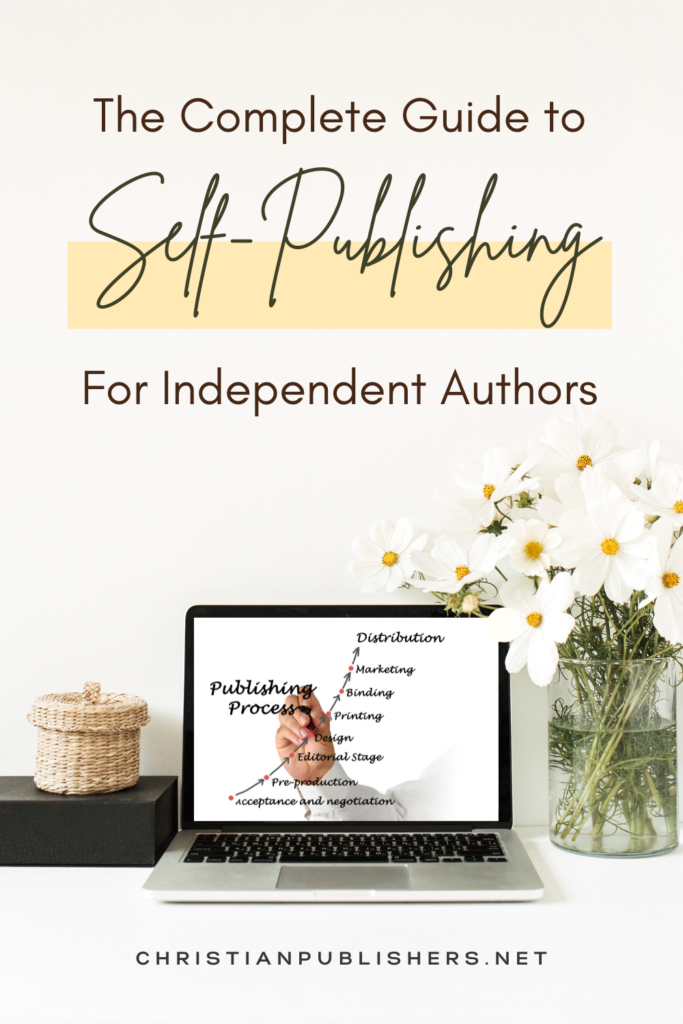
The 13 Most Common Self-Publishing Mistakes to Avoid
How many times have you picked up a book and immediately knew it was self-published? You may not be sure how you knew. It might have been the design. Maybe you spotted glaring errors. Or possibly there was just an unprofessional look to it. Don’t let that happen to your book. There is absolutely no reason indie authors and publishers shouldn’t produce books that look as sharp and professional as the books produced by major publishing houses. It just takes effort, attention to detail, and a commitment to avoid the errors self-publishers often make. Let’s look at the most common self-publishing mistakes and how to avoid them.
A manuscript that’s not well-organized and well-written.
No matter how you’re published, create a well-written book. It needs to be well-organized with a logical progression. The writing must be clear, crisp, and correct. Be willing to invest the time and energy it takes to write an excellent book—and get help (editors, critique partners, proofreaders, beta readers, etc.).
Only getting feedback from friends.
Evaluating your own writing is difficult. You need a team of people who can give you honest feedback that you can use to improve your book. Friends are often reluctant to share a negative opinion because they don’t want to hurt your feelings; that doesn’t help you. Find people who will tell you what they truly think. A great resource to get your work critiqued and to network with other Christian writers is Word Weavers.
Ignoring negative feedback.
It’s easy to only pay attention to positive feedback. Your book is your baby; naturally, you feel protective and proud of it. Listen to the people who are offering criticisms with an open mind. Does it sometimes hurt? Yes. Will, it hurt more if you publish your book and it collects a bunch of one-star reviews or doesn’t sell at all? Absolutely.
Not knowing your genre.
A genre is a category in literature that is characterized by similarities in form, style, or subject matter. It’s important that you know your genre and that your content fits the genre you choose when publishing a book.
A title that doesn’t work.
Your title needs to find the balance between attention-getting and letting your reader know what your book is about. If you have to explain the title, you may want to rework it.
Unprofessional cover design.
Your cover needs to be eye-catching, follow the elements of good composition, and set the tone of your book. The differences between a professional and unprofessional cover design are often subtle, but if you study book covers, you’ll learn to see them.
Unprofessional interior design.
Invite the reader to keep turning pages with an easy-to-read, attractive interior design. Narrow margins, dense text, and default fonts are signs of a poorly designed book. Model your interior design after bestsellers in your genre.
Using copyrighted material without permission.
If you didn’t create the material (copy or images), you need permission from the copyright owner before using it in your book. There are some exceptions, such as when you use small amounts of text with appropriate credit (considered fair use) or if the material is in the public domain. New Christian authors are often surprised to learn that not all versions of the Bible are in the public domain, and you may need permission to use scripture quotes.
Poor editing and not proofreading.
Professional editing is essential for a quality book. A sharp editor will make sure your book flows, is accurate for spelling and grammar, and consistent in style. Editing is a skill that not everyone has. Invest in an experienced editor and ask to see work samples. After your manuscript is edited, it needs to be proofread. And after your book is produced (the content flowed into the design), it needs to be proofread again, with the produced pages checked against the original manuscript. Like editing, proofreading is a skill; invest in professional proofreading to avoid embarrassing mistakes in your book.
No master plan.
There’s a lot more involved in successful self-publishing than writing the book—even a great book. Approach your book like it’s a small business and put together a complete plan for it. The plan should include your goals for the book, what you need to do to get it written (research, editing, etc.), production, distribution, marketing and promotion, and a budget.
Not creating a publishing company name.
Even though you’re self-publishing, name your publishing company, and show your book’s publisher on the spine and copyright page, as well as in all your online distribution platforms. Choose a professional-sounding name that’s different from yours and not a combination of your pets and/or your children and grandchildren’s names.
No marketing.
Having a book available on Amazon doesn’t mean people are going to find it and buy it. Even if your book is available to bookstores and libraries doesn’t mean those entities will buy and stock it either. No matter how good your book is, it won’t sell if you don’t market it. As you put together your marketing plan, check out “Overcome the Five Obstacles to Selling Your Book.”
Not investing the necessary money.
Money is one of the most important and most challenging issues for self-publishers. Though it costs nothing to upload a book to Amazon, self-publishing is not free. The cost of publishing a single book can range from several hundred to thousands of dollars, depending on your specific needs. This is why a plan is so important—don’t get to the middle of your project without knowing how much it will cost you to get it done right.
Don’t be intimated by this list of mistakes self-publishers often make. The key is to know what they are so you can avoid them. Remember, God may have told you to write your book, but He will not leave you to figure it out on your own. He’s going to provide the support you need.
About the Author
Jacquelyn Lynn is an inspirational author, ghostwriter, and self-publishing consultant. Connect with her at CreateTeachInspire.com. She is the author or ghostwriter of over 45 books, including The Simple Facts About Self-Publishing. Get her free video series, “How to Make Self-Publishing Work for You,” at CreateTeachInspire.com/book.




